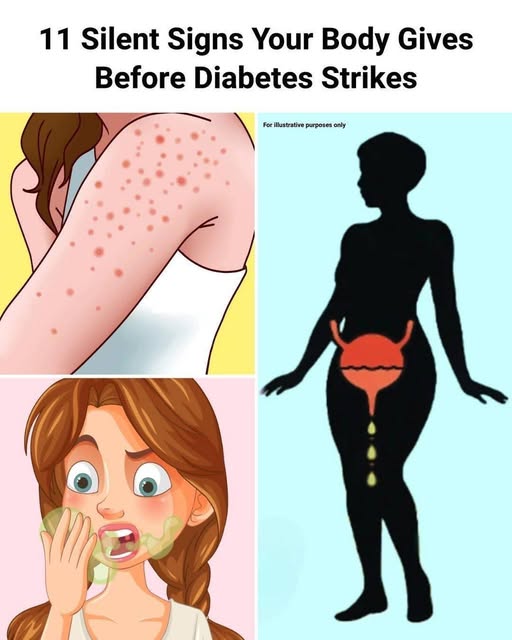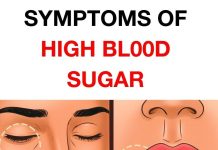Diabetes affects more than 537 million adults worldwide, with about 37 million in the U.S. alone—approximately 11% of the population. Early identification of symptoms is vital for preventing serious health issues such as nerve damage, vision loss, kidney disease, and cardiovascular complications.
1. Persistent Thirst and Frequent Urination
One of the most common early signs is polydipsia, or feeling constantly thirsty. It’s driven by high blood sugar levels overwhelming the kidneys, causing glucose and water to be excreted in urine—which leads to dehydration and increased thirst.

2. Chronic Fatigue
Surprisingly, high blood sugar often leads to chronic tiredness. Because insulin doesn’t function properly, glucose can’t efficiently enter cells. As a result, your body breaks down fat and muscle for energy, but this is less efficient—and depletes energy—causing persistent exhaustion.
3. Sudden Weight Loss or Gain
Unexplained weight changes can be alarming. Frequent urination flushes out glucose (and calories), which often causes weight loss—especially noticeable in early type 1 or uncontrolled type 2 diabetes. Conversely, certain metabolic shifts may cause weight gain
4. Increased Hunger
Inability to utilize glucose efficiently triggers extreme hunger, even after eating. Known as hyperphagia, this symptom happens because your cells are starved of energy and signal the brain to eat more.
5. Blurred Vision and Eye Changes
High sugar levels damage the tiny blood vessels in the eyes, causing swelling in the lens and blurriness. Over time, prolonged hyperglycemia can lead to conditions like diabetic retinopathy.
6. Slow Healing Cuts and Frequent Infections
When blood sugar remains high, it damages blood vessels and impairs circulation. This slows down wound healing and weakens the immune system, making infections—especially yeast and skin infections—more common and persistent.
7. Sudden Dizziness or Confusion
Blood sugar spikes—whether high or low—can cause dizziness, confusion, and in some cases, fainting. This stems from dehydration and disrupted fuel supply to the brain.
8. Tingling, Numbness, or Skin Changes
Diabetes can cause neuropathy, a condition marked by tingling or numbness—especially in hands and feet. Another early physical warning sign is acanthosis nigricans, which appears as dark, velvety patches on the neck or armpits and signals insulin resistance.
9. Dry Mouth and Itching
High blood sugar can reduce saliva production, leading to dry mouth. Excess sugar also promotes skin inflammation and fungal overgrowth, causing frequent itching or rashes.

Knowing When to See a Doctor
If you observe multiple symptoms—frequent thirst and urination, fatigue, vision trouble, slow healing, or skin changes—talk to a healthcare professional. Early diagnosis through blood tests (like fasting glucose or A1C) and lifestyle modifications or medications can significantly reduce the risk of complications.
Preventive Measures & Lifestyle Tips
- Maintain a healthy weight, especially managing belly fat
Stay physically active—at least 150 minutes weekly
- Eat a nutrient-rich diet high in vegetables, whole grains, and low in refined sugars
- Monitor blood sugar levels if you’re at risk, and follow medical guidance promptly.
Final Thoughts
Recognizing these early signs of diabetes can be life-changing. While some symptoms may seem mundane—like fatigue or increased thirst—their persistence together could reveal an underlying issue. Testing early paves the way for effective management, lowering the risk of long-term health complications.

















